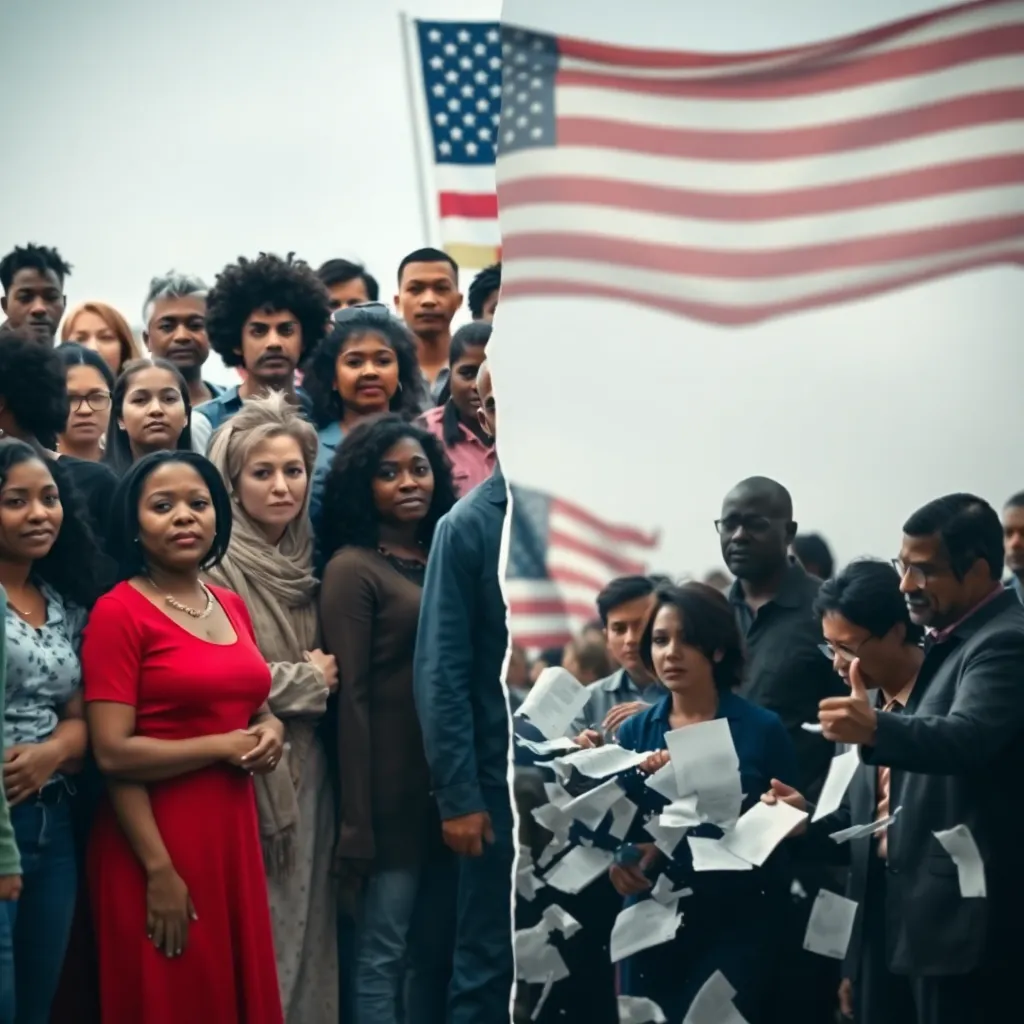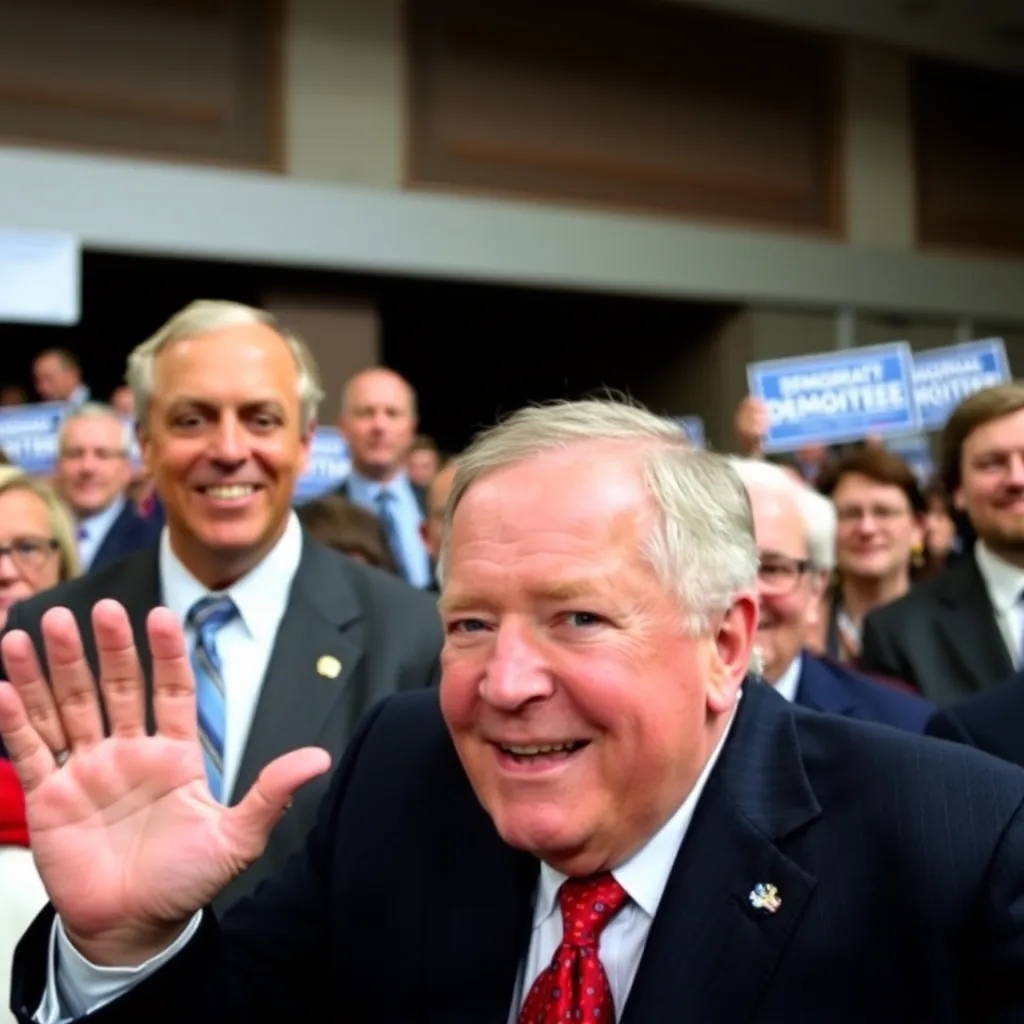
Diversity, Equity, and Inclusion (DEI) programs have been a cornerstone of many American institutions, from corporate boardrooms to college campuses, for decades. The concept of DEI is designed to promote fairness, respect, and equal opportunities for all individuals, regardless of their background, culture, or identity. However, in recent years, DEI programs have come under intense scrutiny and criticism, sparking heated debates and divisions across the country.
The Origins of DEI
To understand the controversy surrounding DEI, it’s essential to explore its roots. The concept of diversity and inclusion emerged in the 1960s, as the Civil Rights Movement fought to address systemic racism and inequality in the United States. Over time, the term “equity” was added to the mix, emphasizing the need to create fair and just systems that provide equal access to opportunities and resources for all.
The Purpose of DEI Programs
DEI programs aim to address the historical and systemic barriers that have prevented marginalized groups from fully participating in American society. These programs typically include training sessions, workshops, and policies designed to:
1. Increase diversity in hiring and recruitment practices
2. Foster inclusive environments that respect and value diverse perspectives
3. Promote equity by addressing systemic inequalities and biases
The Backlash Against DEI
Despite the noble goals of DEI programs, they have faced intense criticism and pushback in recent years. Some argue that DEI initiatives have gone too far, prioritizing identity politics over individual merit and freedom of speech. Others claim that DEI programs are nothing more than a form of “woke” indoctrination, forcing people to conform to a particular ideology.
The Criticisms
Some of the criticisms leveled against DEI programs include:
1. Overemphasis on identity politics: Critics argue that DEI programs focus too much on group identity and not enough on individual character and merit.
2. Restrictions on free speech: Some argue that DEI programs stifle free speech and open debate, creating a culture of fear and censorship.
3. Lack of transparency and accountability: Critics claim that DEI programs often lack clear goals, metrics, and accountability, making it difficult to measure their effectiveness.
4. Divisive rhetoric: Some argue that DEI programs use divisive language and tactics, pitting different groups against each other rather than promoting unity and understanding.
The Consequences
The backlash against DEI programs has significant consequences for American society. As institutions abandon or scale back their DEI initiatives, many fear that progress toward greater equality and inclusion will be lost. Others worry that the divisive rhetoric surrounding DEI will further polarize an already divided country.
A Way Forward
To address the controversy surrounding DEI, it’s essential to engage in open and honest dialogue, listening to the concerns and perspectives of all parties involved. By acknowledging the complexities and challenges of promoting diversity, equity, and inclusion, we can work toward creating more effective and inclusive programs that benefit everyone. Ultimately, the goal of DEI should be to bring people together, not drive them further apart.





